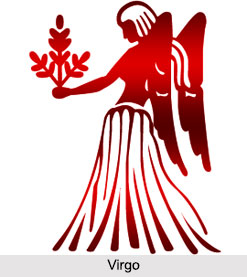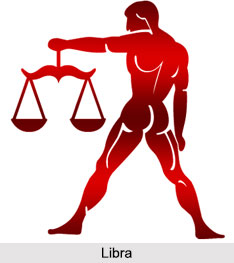 Goldstone is a type of shinning glass which is made of low oxygen reducing atmosphere. The final product can actually take a polished, smooth and be carved into beads, figurines, or other artifacts suitable for semi precious stone. As a matter of fact goldstone is often mistaken for or misrepresented as a natural material.
Goldstone is a type of shinning glass which is made of low oxygen reducing atmosphere. The final product can actually take a polished, smooth and be carved into beads, figurines, or other artifacts suitable for semi precious stone. As a matter of fact goldstone is often mistaken for or misrepresented as a natural material.
Another popular name that is commonly used for Gemstone is Aventurine Glass, based on the original Italian name Avventurine. Sometimes it is called "sun sitara" and "stellaria" for its starry internal reflections or "monk`s gold" or "monkstone" from folkloric association with an unnamed monastic order. Curiously, aventurine glass is one of the few synthetic stimulants to provide the eponym for the similar natural stones. The mineral name aventurine is useful for the quartz, feldspar with mica inclusions that provide the shining appearance. The technical term for the optical phenomenon, is known as "aventurescence".
History of Goldstone
The manufacturing process for goldstone was originally discovered in seventeenth century Venice by the Miotti family that was granted a special license by Doge. The President folklore describes goldstone as an accidental discovery by an unnamed Italian medieval alchemists or monastic order, but there is no proper evidence to establish the entire thing.
The most usual form of goldstone is reddish brown which contains tiny crystals of metallic copper that require special condition to form properly. The initial batch is melted together with copper oxide, silica and other metal oxides to chemically reduce the copper ions to elemental metal. The vat is then sealed off from the air and maintained within a narrow temperature range, keeping the glass hot enough to remain liquid while allowing metallic crystals to precipitate from solution without melting or oxidizing.
After the process of crystallization period, the entire batch is cooled to a single solid mass, which is then beated out of the vat for shaping and selection. The final appearance of each batch is heterogeneous and variable. The perfect material is available at the center, ideally with bright, large metal crystal suspended in the semitransparent glass matrix.
Types of Goldstone
Copper Goldstone: The copper based red goldstone aventurine glass exists on a structural continuum with transparent red copper ruby glass and opaque pupurin glass. The key variable is controlling the colloid size. The goldstone has macroscopic reflective crystals; copper ruby glass has submicroscopic transparent nano-particles, purpurin glass has microscopic opaque particles.
The outer layers of the Goldstone have dull colour and a lower degree of glittery aventurescence. This is generally caused due to poor quality crystallization, which, in turn, decreases the size of reflective crystal and opacifies the surrounding glass with non reflective particles. This can also be caused due to the process of oxidation of copper metal causing it to re-dissolve and form its usual transparent blue green glass in ionic solutions.
When reheated for lamp working and similar uses, the working conditions should control the process of oxidation and temperature.
Non-copper Goldstone: Goldstone also exists in various other colours based on other elements. Manganese or cobalt can be substituted for copper; the resulting crystals have a more silvery appearance. Green goldstone gets its reflective particles from chromium oxides rather than the elemental metal, but is otherwise fairly similar.
W
hen reheated, the non-copper goldstones are easier to work with, due to the less stringent reduction requirements and higher melting points of manganese (1246 degree C) and cobalt (1495 degree C).



















